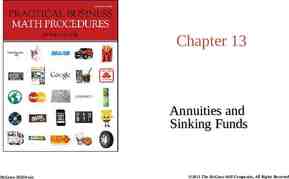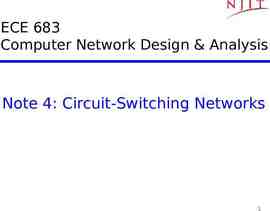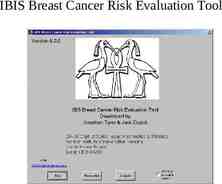Marie Downing Walden University Richard W. Riley School of Education
21 Slides4.98 MB

Marie Downing Walden University Richard W. Riley School of Education and Leadership EdD Student EDUC 8101

2

Born December 4, 1925 in Canada He and his family struggled through many hardships during his younger years He attended his elementary through high school years at the only school in town. The school had very limited resources. 3

He attended the University of British Columbia in Vancouver He went on to study psychology at the University of Iowa where he earned a M.A. degree in 1951 and a Ph.D. degree in clinical psychology 1952 In 1953, he joined the faculty of Stanford University where he remained throughout his long career 4

Theories on behaviorism are derived from several different theorists Edward L. Thorndike, B.F. Skinner, and others. Assumptions include: Environment shapes behavior Reinforcement increases probability of desired action being repeated 5

Examples of social learning situations include television commercials. 6

7

Bandura’s theory of learning takes into account three things The person The person’s environment The person’s psychological processes 8

9

10

11

Observational learning Attention Retention (memory) Behavioral reversal Motivation Enactive learning Learning from the outcomes of a person’s personal actions 12

13

Incentive motivators A trip to the park if a task or assignment is completed Vicarious motivators Observed positive outcomes 14

Can we think of ways that Bandura’s theory can be applied to teaching and learning? 15

One problem with social learning is that it is difficult to predict what all individuals will perceive as positive. 16

17

Alexander, R. (1976). Toward a moral criterion for use by behavior modifiers. Retrieved from ERIC database Bandura, A. (2009). Social cognitive theory goes global. The Psychologist, 22(6), 504-506. Retrieved from PsycINFO database. Bandura, A. (1986). Social foundations of thought and action: A social cognitivist theory. Needham Heights, MA: Allyn & Bacon. Cramer, R., Neal, T., & Brodsky, S. (2009). Self-efficacy and confidence: Theoretical distinctions and implications for trial consultation. Consulting Psychology Journal: Practice and Research, 61(4), 319-334. doi:10.1037/a0017310. 18

Elias, H., Mahyuddin, R., Noordin, N., Abdullah, M., & Roslan, S. (2009). Self-efficacy beliefs of at-risk students in Malaysian secondary schools. International Journal of Learning, 16 (4), 201-209. Retrieved from Education Research Complete database. Griffin, E., (2010). A first look at communication theory. Retrieved online from http://www.afirstlook.com/docs/sociallearning.pdf Merriam, S. B., Caffarella, R. S., & Baumgartner, L. M. (2007). Learning in adulthood: A comprehensive guide (3rd ed.). San Francisco: Jossey-Bass. Nilsen, H. (2009). Influence on student academic behaviour through motivation, self-efficacy and value-expectation: An action research project to improve learning. Issues in Informing Science & Information Technology, 6, 545-556. Retrieved from Academic Search Complete database. Pajares, F. (2004). Albert Bandura: Biographical sketch. Retrieved, from http://des.emory.edu/mfp/bandurabio.html. 19

20

21






